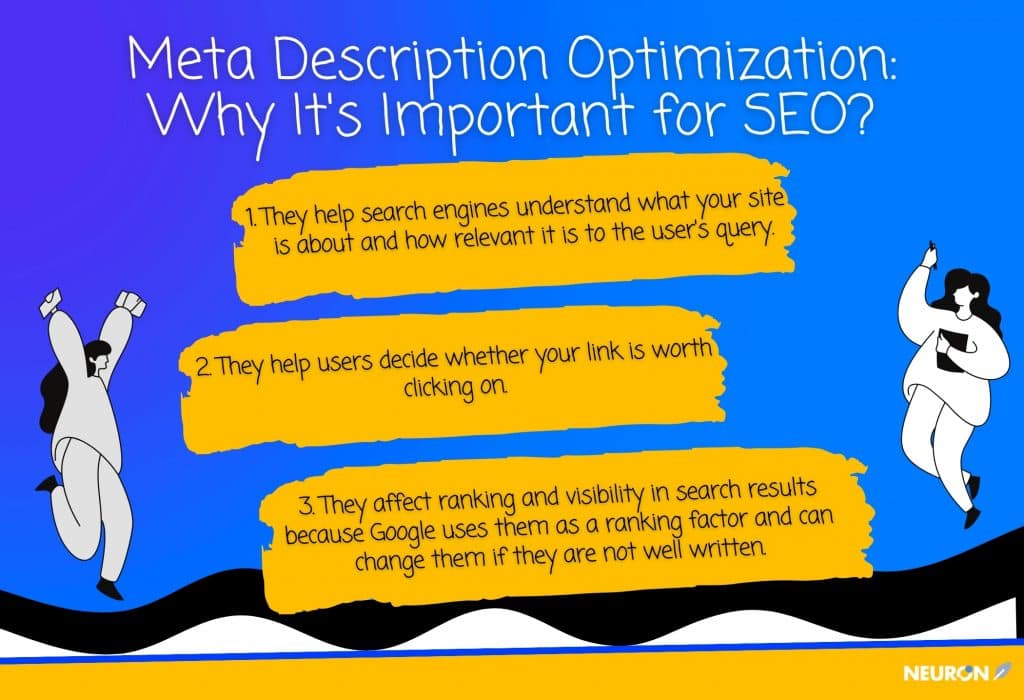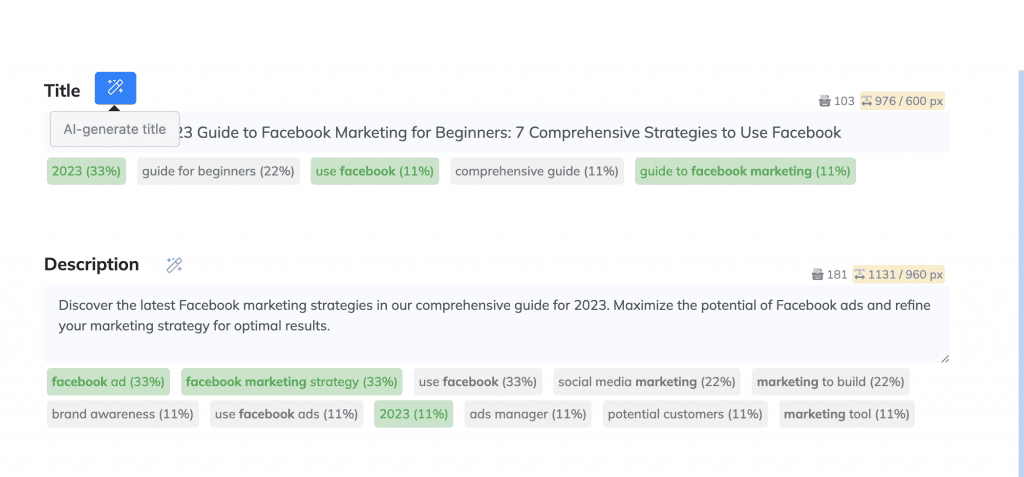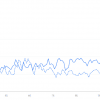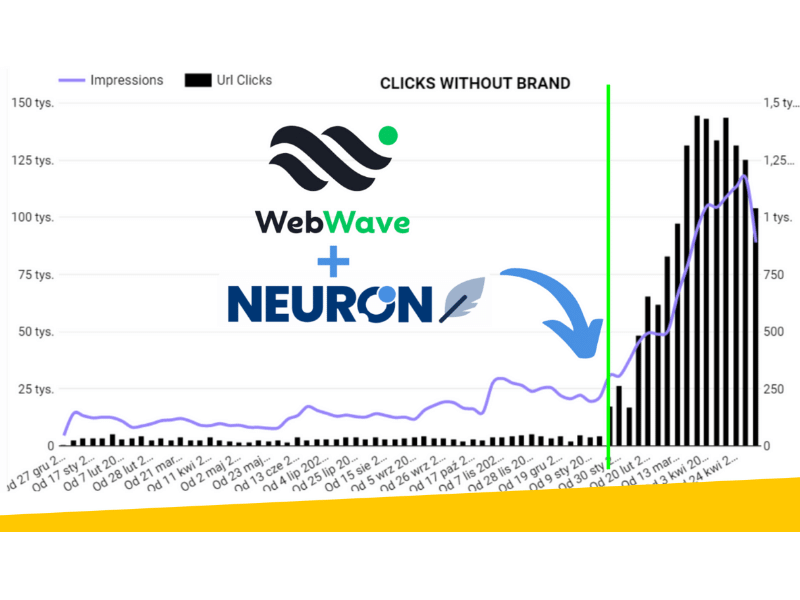





How to Write the Perfect Meta Title and Description for SEO
Imagine you are browsing the Internet, looking for information or inspiration for your next blog post. You type in a query and see a list of results. Which one do you click on?
If you’re like most people, you probably click on the result that has the most appealing and relevant metatitle and description. It’s akin to walking through a bookstore in search of the perfect novel that will transport you to another world. You browse through the bookshelves, and your eye is drawn to the colorful cover and intriguing title.
On the Internet, meta titles and descriptions play a similar role. They act like storefronts for blog posts. They attract the attention of potential readers and encourage them to click on the link.
A well-designed meta title and meta description can be critical to the success of your blog. According to a Backlinko study, a 1% increase in CTR can translate into a 2.5% increase in site traffic.
According to a survey by HubSpot, 75% of users never scroll past the first page of search results.
Now, if your blog post is on the second page, the meta title and meta description are tickets to the first page of search results.
But what happens when your meta tags turn out to be insufficient? If they aren’t engaging or don’t match the searcher’s intent?
If this happens, you may lose the chance to attract and convince readers to click and go to your website. You may even lose the ability to show your meta title and description because Google may decide to rewrite them, leaving you with an unattractive snippet that won’t encourage clicks.
That’s why it’s so important to write a meta title and description optimized for CTR and click-through values.
CTR stands for click-through rate, which is the percentage of people who clicked on your result after seeing it in the search results. Click value is the quality of the meta title and description that makes it worth clicking.

There are some general tips and best practices to follow when writing a meta title and description, such as:
Write your meta title and description in a way that fits the content and purpose of your site, as well as the intent and expectations of your audience
Write your meta title and description in a way that stands out from the competition and presents your unique value proposition
Write your meta title and description in a way that encourages and persuades readers to click on the result, using emotional triggers, benefits and calls to action
While guidelines and best practices are important, they don’t guarantee that meta titles and descriptions will increase CTR and click-through value. To really stand out, you need to write them in an original and engaging way that reflects your brand voice and personality.
Many novice bloggers struggle with this problem because they don’t have the practical knowledge or time to create a catchy metatitle and description.
Write a meta description with NEURONwriter.
Mastering complex SEO issues, such as creating attention-grabbing meta titles and meta descriptions, can be a challenge. Beginning bloggers are often unsure how to formulate these elements to maximize click-through rates (CTRs).
NEURONwriter helps these individuals create effective meta titles and descriptions. Within minutes generating engaging meta descriptions saving you time.
Harness the power of NEURONwriter and watch your blog traffic grow.
Conclusion
Meta titles and meta descriptions are not just technical details; they are tools for attracting attention and traffic to your blog. By following these tips and taking advantage of NEURONwriter capabilities, you can turn your meta descriptions into invitations, encouraging readers to embark on a journey through your blog’s content.

How does creating a meta title and meta description work in NEURONwriter?
🫲️ What is the “Synonyms” Feature in NeuronWriter and How Does It Work?🫱️ Case study: #1 for “business coaching”








Paweł Sokołowski
Expert in semantic, NLP and SEO with 20y of experience.